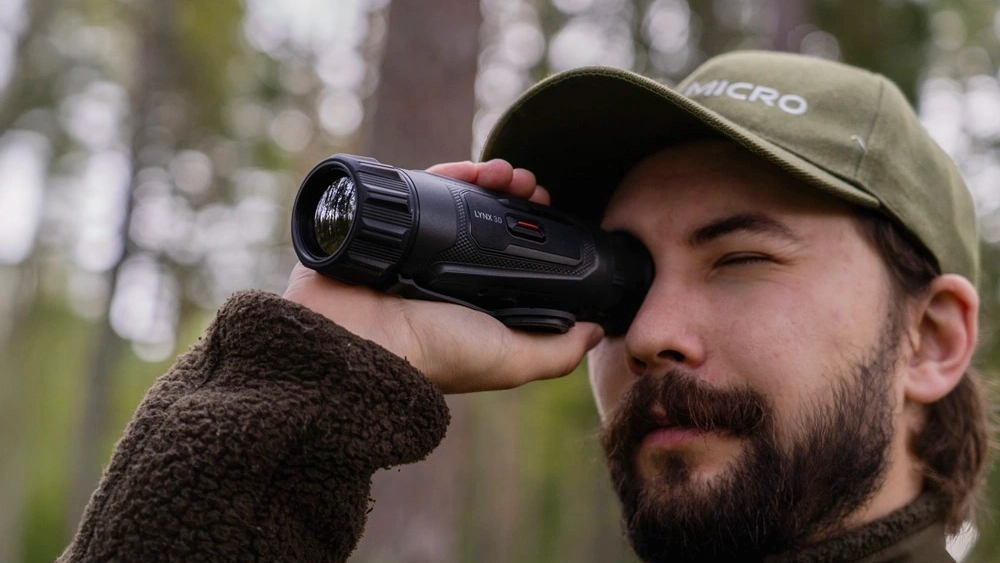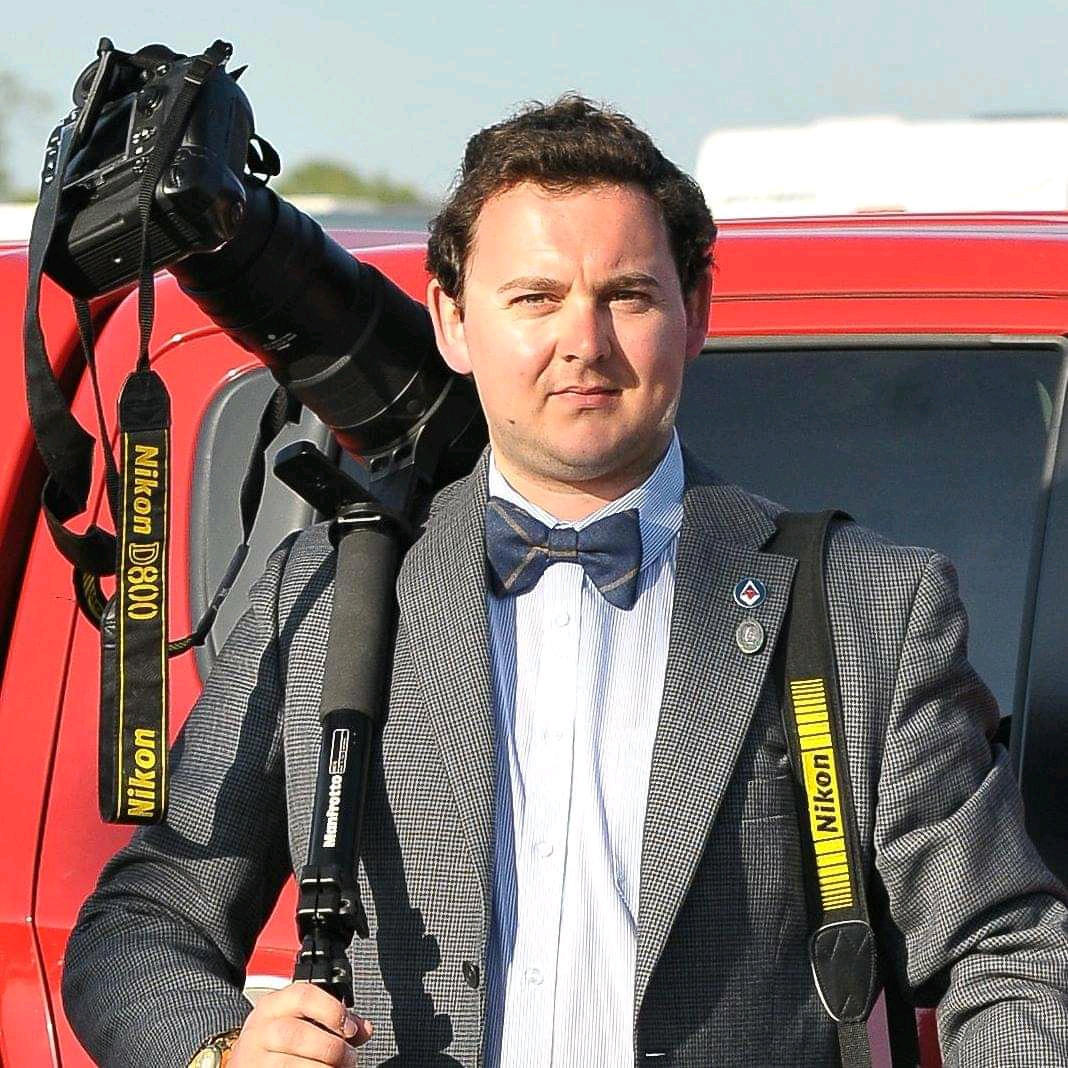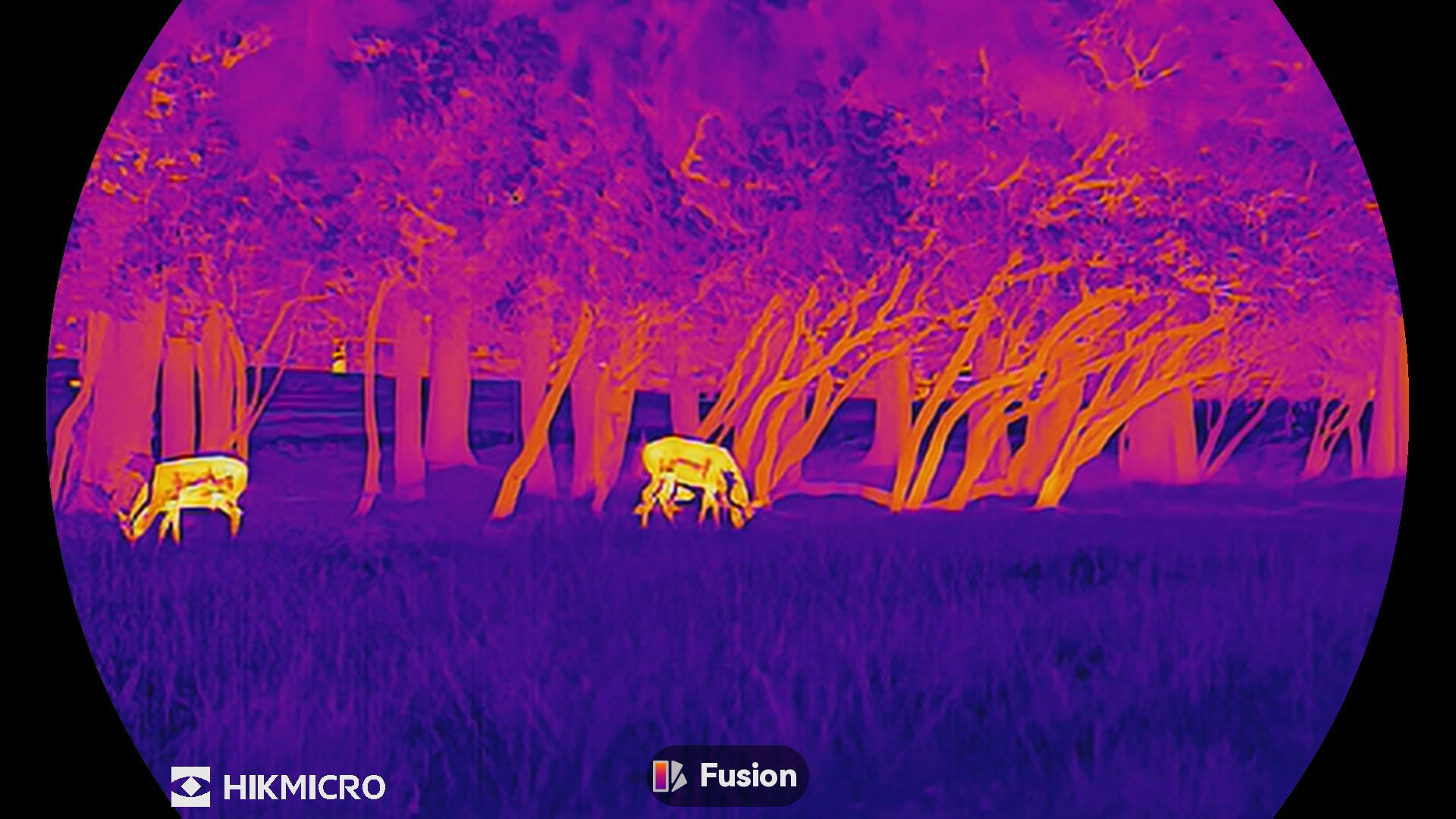No more freeze frames: Hikmicro monocular’s HSIS tech powers nonstop thermal viewing
No more freeze frames: Hikmicro’s shutterless Lynx 3.0 targets hunters and security

Hikmicro has unveiled the Lynx 3.0 thermal monocular series, a pocket-sized trio aimed at hunters, outdoor pros, and security teams that brings professional-grade detection to compact gear.
The new LH19, LH25, and LH35 share the company’s shutterless imaging technology to eliminate the momentary “freeze” of traditional thermal calibration, promising uninterrupted viewing and quicker target acquisition. Detection ranges span from 900 metres to 1,800 metres, depending on model, positioning Lynx 3.0 as a serious field tool in a travel-light form factor.
Across the range, you’ll find a 384×288 VOx sensor with 12μm pixel pitch running at 50Hz, paired with AI-driven Image Pro 3.0 and Zoom Pro algorithms to sharpen contrast, detail, and digital magnification. A 0.49-inch AMOLED display renders thermal imagery at 1920×1080, while power comes from a replaceable 18650 cell good for up to 4.5 hours of continuous use even at –20°C. Controls include manual focus, diopter adjustment from -5D to +3D, and extensive image tuning with six colour palettes, brightness/contrast, and Cold/Warm tone options.
The LH19 3.0 is the compact all-rounder for close to mid-range work. Its 19mm f/1.0 lens delivers 1.9× base magnification and the widest field of view in the line at 13.8° (24.2m at 100m), with 8× digital zoom on tap.
Weighing just 331g, it offers detection out to 900m and excels when speed, situational awareness, and shutterless responsiveness matter—think dense woodland, tracking at shorter distances, and general exploration.
Stepping up to the LH25 3.0 brings a 25mm f/1.0 lens with 2.5× base magnification, extending detection to 1,200m while keeping weight to 328.5g and field of view to 10.5° (18.4m at 100m). It’s the balanced pick for open terrain, perimeter checks, and hunting scenarios where targets appear at varied ranges, offering steadier handheld identification where the LH19 would be limited to detection.
At the top end, the LH35 3.0 targets professional users who need reach. A 35mm f/1.0 lens, 3.4× base magnification, and 1,800m detection range are matched to a 7.5° field of view (13.1m at 100m), all in a still-portable 355g body.
The best camera deals, reviews, product advice, and unmissable photography news, direct to your inbox!
With digital zoom up to 27.2× and NETD sensitivity below 15mK, the flagship model is tuned for mid-to-long-range surveillance and extreme-distance observation where fine thermal differentiation and continuous, shutterless operation are critical.
See our guide to the best monoculars, and our guide to the best thermal imaging cameras

For nearly two decades Sebastian's work has been published internationally. Originally specializing in Equestrianism, his visuals have been used by the leading names in the equestrian industry such as The Fédération Equestre Internationale (FEI), The Jockey Club, Horse & Hound, and many more for various advertising campaigns, books, and pre/post-event highlights.
He is a Fellow of the Royal Society of Arts, holds a Foundation Degree in Equitation Science, and holds a Master of Arts in Publishing. He is a member of Nikon NPS and has been a Nikon user since his film days using a Nikon F5. He saw the digital transition with Nikon's D series cameras and is still, to this day, the youngest member to be elected into BEWA, the British Equestrian Writers' Association.
He is familiar with and shows great interest in 35mm, medium, and large-format photography, using products by Leica, Phase One, Hasselblad, Alpa, and Sinar. Sebastian has also used many cinema cameras from Sony, RED, ARRI, and everything in between. He now spends his spare time using his trusted Leica M-E or Leica M2, shooting Street/Documentary photography as he sees it, usually in Black and White.
You must confirm your public display name before commenting
Please logout and then login again, you will then be prompted to enter your display name.


